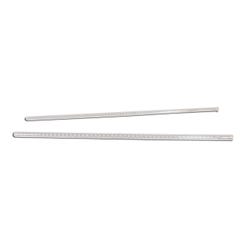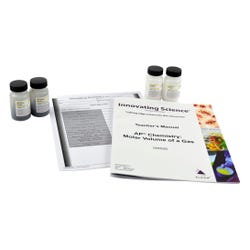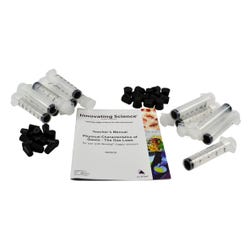Close
Sign in to take advantage of your best pricing.
Everyday Free Shipping on Qualifying Orders Over $69.
Learn more about our FREE Environments Design Services.
Gas Laws
page_infoFilterskeyboard_arrow_down
Filters
Press enter to collapse or expand the menu. Clear AllFilters
Product List
[
{
"catentry_id" : "3074457345616693449",
"Attributes" : { }
}
]
[
{
"catentry_id" : "3074457345616700641",
"Attributes" : { }
}
]
[
{
"catentry_id" : "3074457345619200313",
"Attributes" : { }
}
]
[
{
"catentry_id" : "3074457345619506723",
"Attributes" : { }
}
]
[
{
"catentry_id" : "3074457345619506724",
"Attributes" : { }
}
]
{ searchResult: {
pageSize: 48,
searchTerms: '',
totalPageNumber: 1.0,
totalResultCount: 5,
currentPageNumber:1,
attributes: ""
}
}







